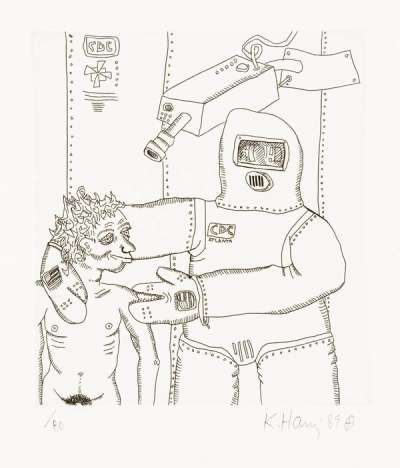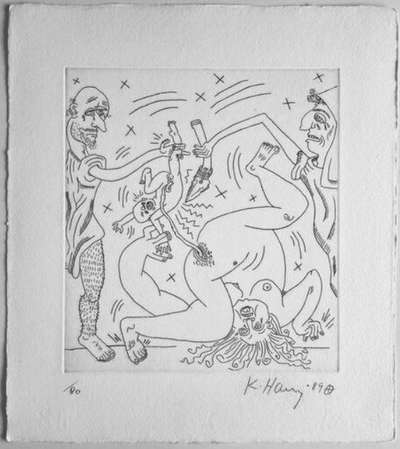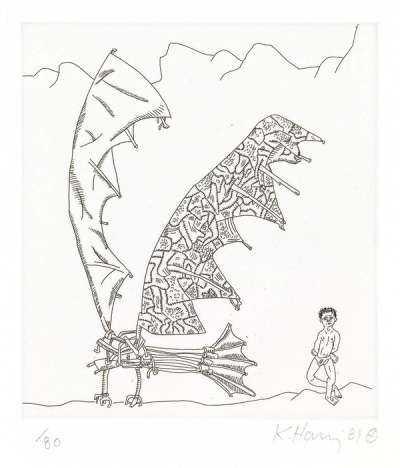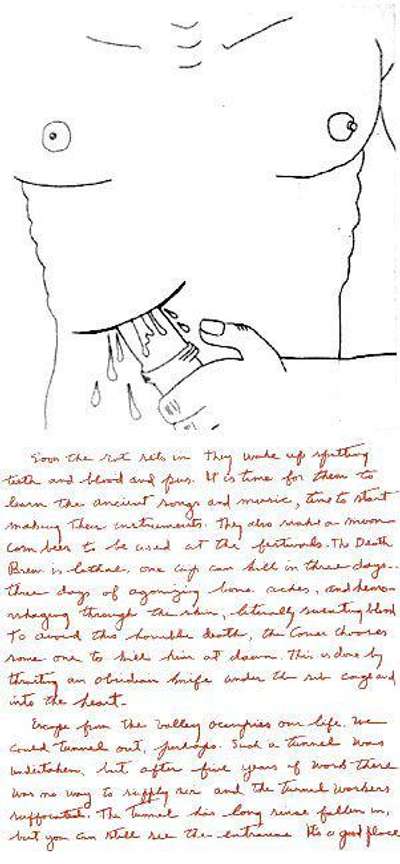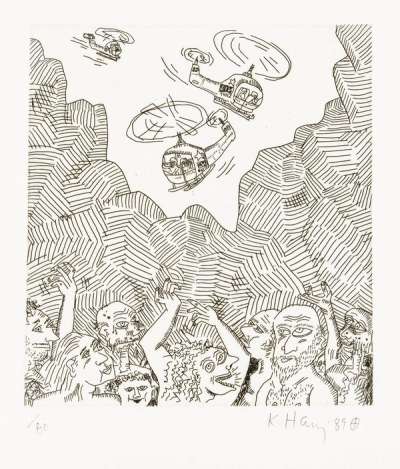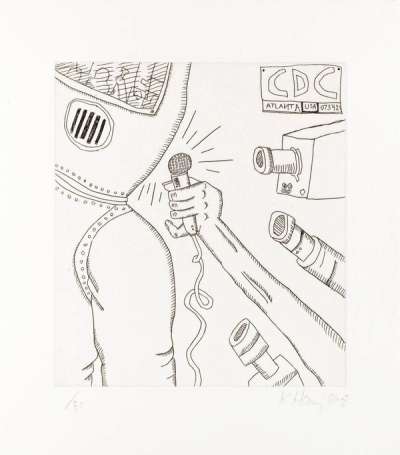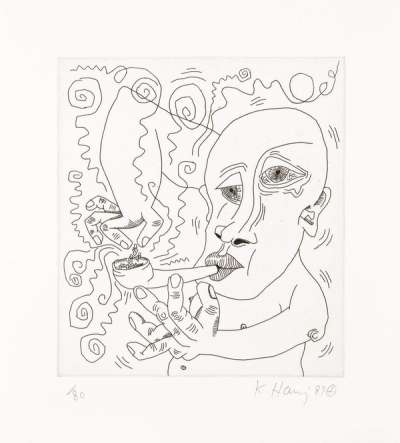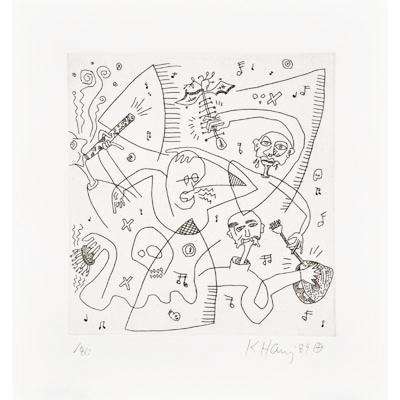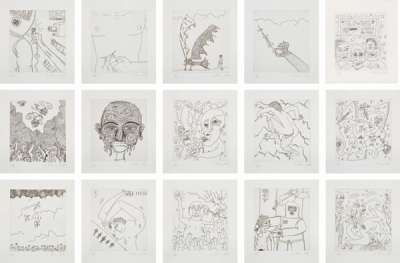
The Valley Page 15

The Valley Page 15
Signed Print
Keith Haring
£1,850-£2,800Value Indicator
$3,700-$5,500 Value Indicator
$3,350-$5,000 Value Indicator
¥17,000-¥26,000 Value Indicator
€2,250-€3,400 Value Indicator
$18,000-$28,000 Value Indicator
¥350,000-¥530,000 Value Indicator
$2,350-$3,550 Value Indicator
AAGR (5 years) This estimate blends recent public auction records with our own private sale data and network demand.
There aren't enough data points on this work for a comprehensive result. Please speak to a specialist by making an enquiry.
Medium: Etching
Edition size: 80
Year: 1989
Size: H 36cm x W 30cm
Signed: Yes
Format: Signed Print
Track this artwork in realtime
Watch artwork, manage valuations, track your portfolio and return against your collection
Track auction value trend
Auction Results
| Auction Date | Auction House | Location | Hammer Price | Return to Seller | Buyer Paid |
|---|---|---|---|---|---|
| July 2024 | Forum Auctions London | United Kingdom | |||
| April 2024 | Wright | United States | |||
| September 2021 | Wright | United States |
Meaning & Analysis
This signed etching from 1989 is a limited edition of 80 from Keith Haring’s The Valley series. The Valley Page 15 shows an image of three unusual looking figures who make up the fictional rock group ‘Glowing Corn’, indicated by the writing in the print. Despite the frenzied subject matter of the series’ narrative and energy of the image, Haring maintains a simplicity in line that he is renowned for, depicting this image exclusively in black and white.
The Valley series is one of many by Haring that when considered in full, tells an unusual story as the sequence of images, combined with text, unfold. Reminiscent of his Apocalypse series (1988) completed one year earlier, Haring’s images are chaotic, with Burroughs’s text-based ‘cut-up’ writing method forming the basis of Haring’s pictographic style.
Haring’s later works such as The Valley Page 15 have been compared within art historical narratives to the chaotic storytelling of Hieronymus Bosch and the fierce liveliness of his friend and contemporary Jean-Michael Basquiat. This particular series is representative of a stylistic shift exemplified in his Cranbrook Mural (1987) that introduced intentional blotches, drips and themes around death and the end of times.
